
My trip to Japan 2023: Days 4 to 6
I originally wanted to cover a week per part of this series, but I realize now that writing these posts can be quite the ordeal, so I’m going to keep them about 3 to 4 days long.
Aside from the 6th day, these days were probably some of the most full of activity, moving around and doing all sorts of stuff in the whole trip.
Day 4: Akihabara

It was Christmas Eve. The electric city of Akihabara (or Akiba for short) was a must stop, both for me as a game developer and Raxki as an anime and hobby craftsman, so we decided to go there and do some shopping.
There was so much to do, we’ve been here twice during the whole trip.
I asked Yonic if we could go for a second time later on.
 |  |
I wasn’t just for the games though. I knew about its roots as a general electronics store district —especially cameras. While I didn’t have my camera in my possession during the trip, I still wanted to check what they were offering at Yodobashi Akiba and Bic Camera. Though we’ve been so drawn in by other stores that we didn’t have the time to check those this day.
Figurines were a big feature this trip to Akiba. We went to Radio Kaikan and it was absolutely full of them.

I actually learned a bit about hobby crafts. I had no idea you could build models out of metal parts! How do you even put those together? Is it soldering?
I’ve never built one but I think so, yeah.
Figure collecting sure is big in Japan. Truly underestimated it.
 |  |
Many of the shops offered second hand goods from all different kinds of media, such as games, anime, and virtual idols. But our biggest findings were these:

Our eyes couldn’t believe it! Raxki was actually looking for this very Figma. The price was quite egregious but it was practically the best deal, being second hand. As for me, I took the amiibos of Samus and the baby Metroid from Samus Returns, the latter of which is extremely sought after among collectors and Metroid fans.
We also went to Super Potato, one of the places I held dear the most in the electric city, because it’s a shop that specializes in vintage games and gaming systems, and the shop ambience it gave was extremely warm and welcoming.

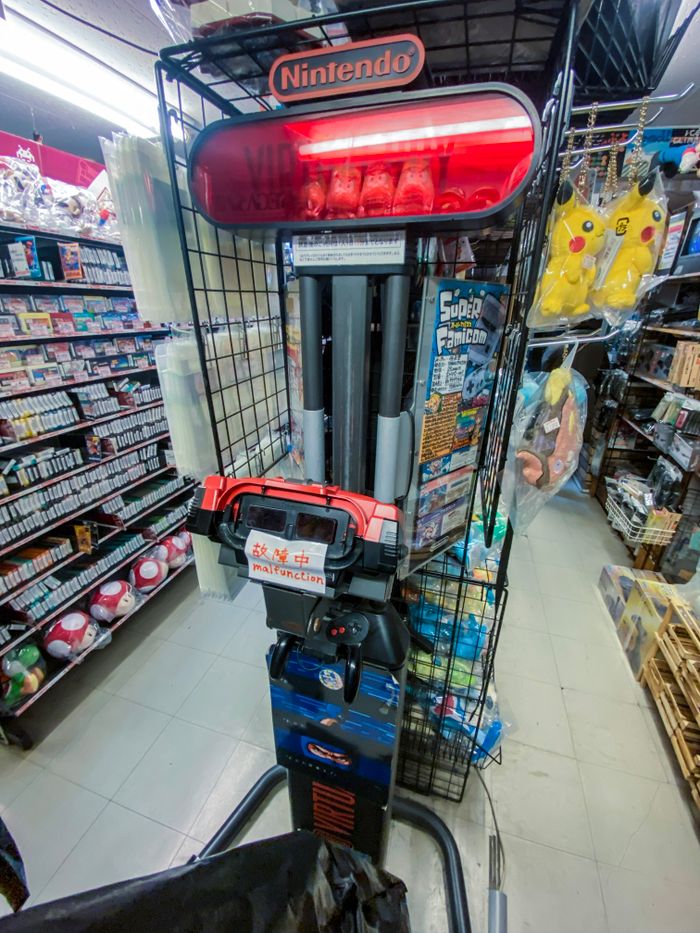


Close by was also what was used to be one of the many SEGA arcade buildings. I didn’t play anything at all there, but it was full of UFO catchers and other similar arcade machines on the first floor. I happened to spot a huge red Yoshi plushie that was super adorable in one of those machines, but considering the rigged nature of these —and also I was pretty short on change— I refrained from playing.
Other floors were dedicated to each genre of arcade games, from fighting games to rhythm and racing games. There were also DDR floors, but nobody was playing on them. Would have been a wonderful sight!

Is it merely a promotional thing, or did it change companies?
I’d say it’s probably the former.

We didn’t do much after that as most businesses were closing down. We were going to check a maid café as I was keen to try the experience, but we got into the awkward situation that as we got into the elevator for one of them, one of the waiters went in to put a “Closed” sticker in front of the elevator button to the floor we were going. In hindsight, we should have checked for a business hours sign before checking on the wait times.

Day 5: Asakusa, Sumida and Odaiba
This was a very active day. We went to three different locations because they were conveniently located relatively close to each other and we took a convenient transport to Odaiba afterwards.
We went first thing in the morning to Asakusa, one of the more traditional wards in Tokyo.
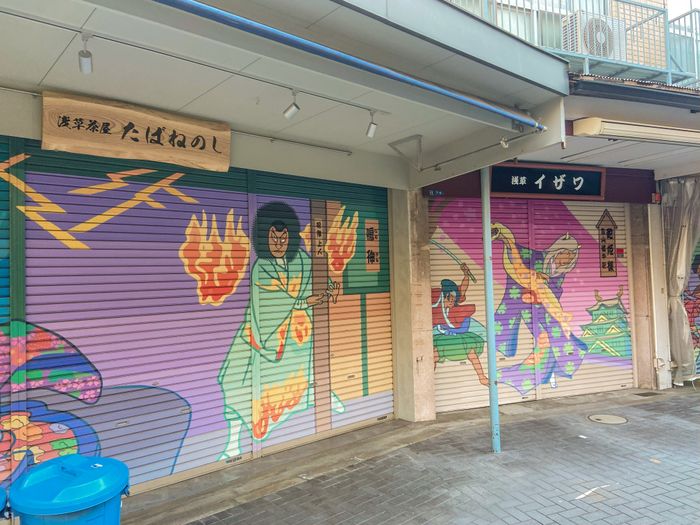

Once we crossed this street, we arrived at one of the side entrances at the back of Sensō-ji, one of the most important Buddhist temples in Japan.
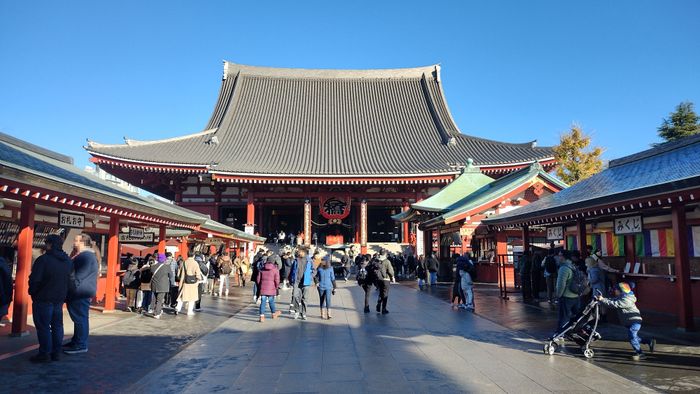
Since we came from the back, we got to visit the temple and do some praying —hopefully getting it right— but I was very impressed that there wasn’t just a temple, but also a sintoist shrine to the side of it, as well as typical Japanese-style contemplative gardens.

I wish I was more cultured on shrines, temples and Japanese art, there were so many objects in these sacred places and I had no idea what they were at the time.
Maybe once I do I will update this article with more concrete info on what I’ve seen.

We came back by strolling down Nakamise street, and did a bit of shopping before it started to get extremely crowded —that’s why we arrived so early.
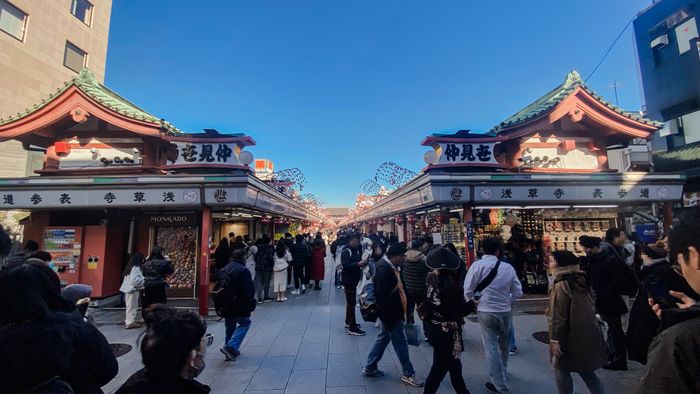
To avoid crowds, we took a slight detour offside Nakamise street heading to the famous Tokyo Skytree. Along the way, we stopped at a store well known for its matcha ice cream.
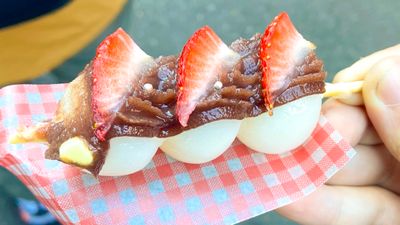
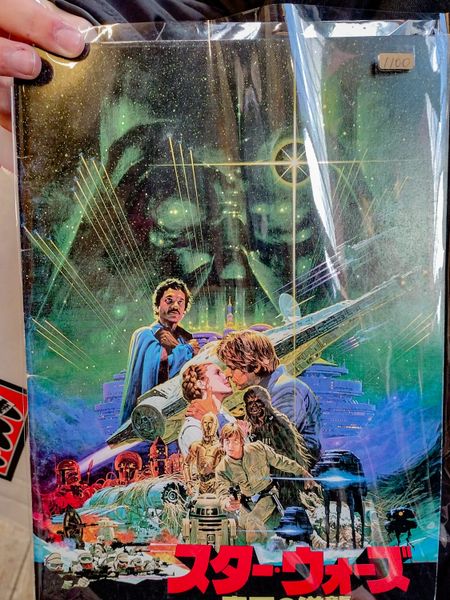
Hopefully I can use the cover as reference for future paintings!

Crossing the Sumida river, we entered one of the more ancient parts of the Sumida ward, which was much more calm than other bustling areas nearby.
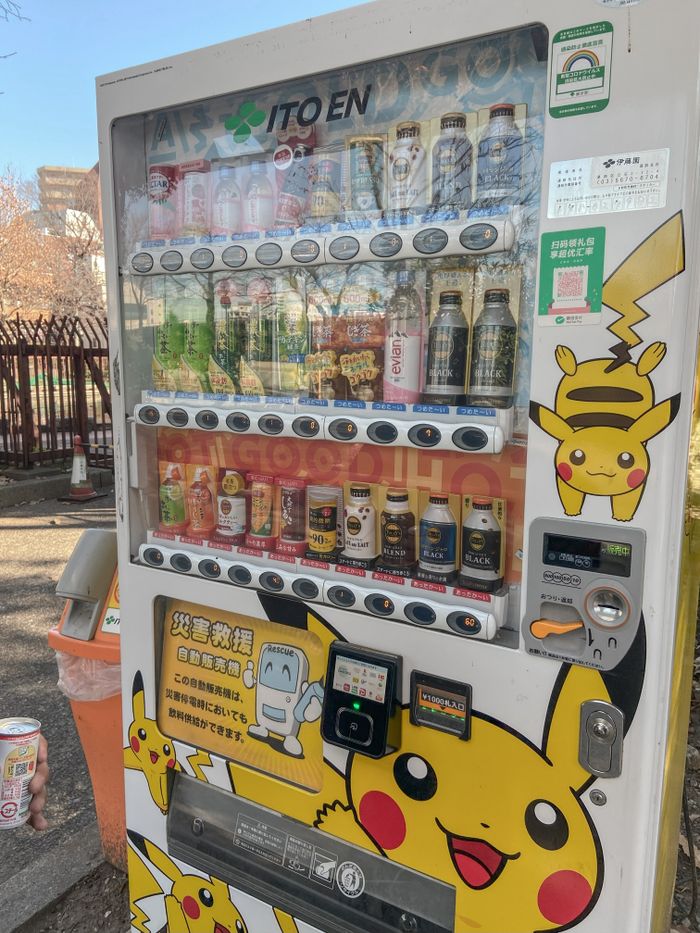

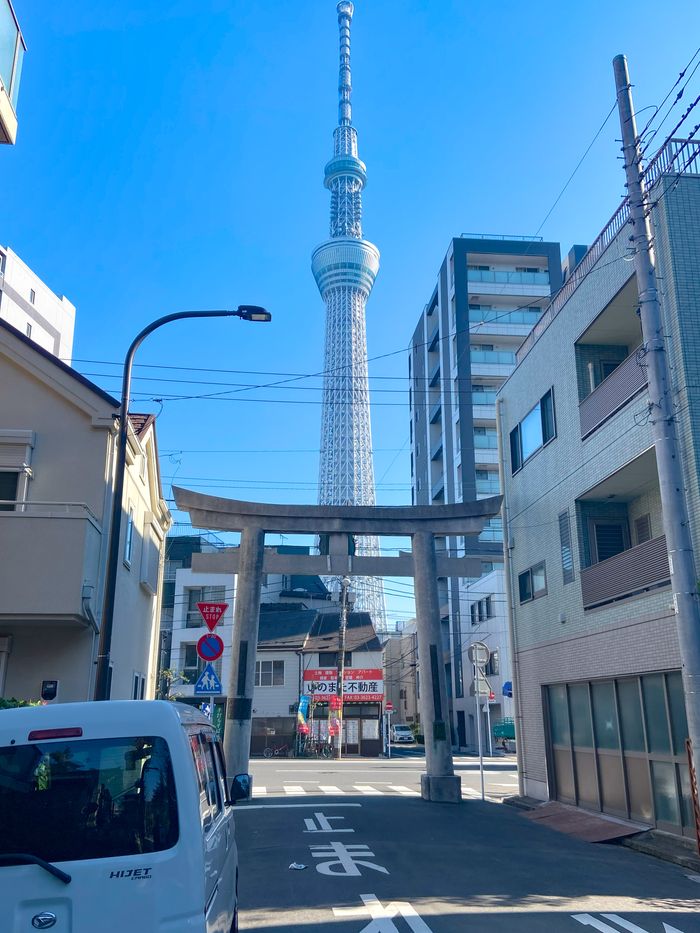
In hindsight, maybe we shouldn’t have stopped by to get that matcha ice cream, because we suddenly had to make haste; we had a boat ride to catch.

After racewalking for like it felt like forever, we got there just in time to our cruise: The Emeraldas.

The cruise ship crossed below several of the many bridges that connect Tokyo over the Sumida river to arrive at Odaiba, one of the artificial islands in Tokyo in a little below an hour.
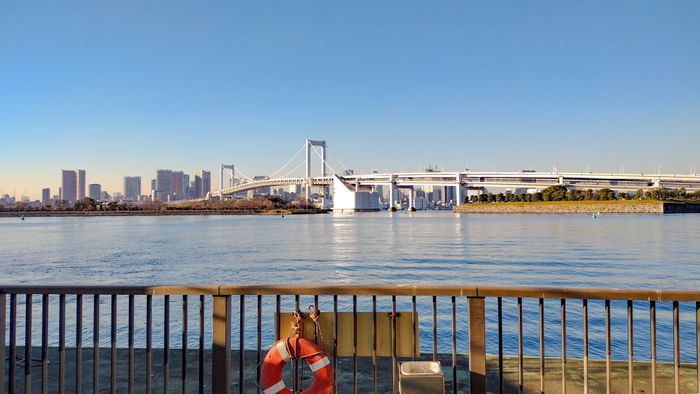
Now, there were a lot of stuff I wanted to do in Odaiba, but we mostly spent the afternoon in the mall containing the Gundam Base Tokyo, noteworthy for having another of the three life sized Gundam in Japan.
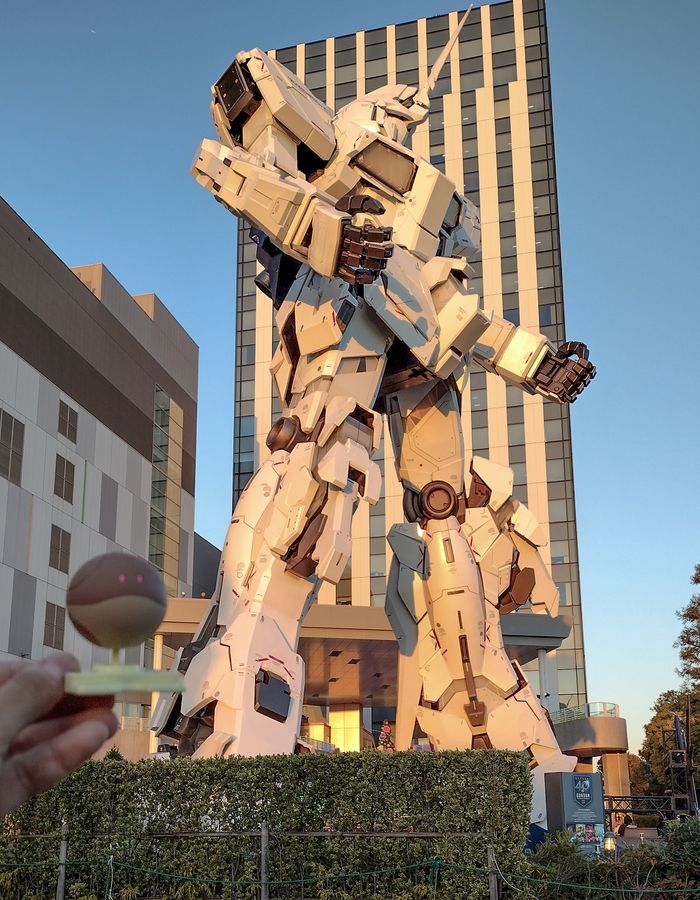
This was were the first life size Gundam was built, based on the RX-78-2 Gundam from the original series, but it got replaced by this Unicorn Gundam in 2017.

The DiverCity mall supposedly had a workshop where you could built your own Gunpla, but it was closed off at the time. But at least we got to see several of the entries from a recent Gunpla builder contest.

The finesse on some of the dioramas is just lovely, how plain items such as cotton and crumbled paper can create rather realistic textures and visual effects such as smoke.
Crafting these dioramas must have taken a lot of precision and patience!

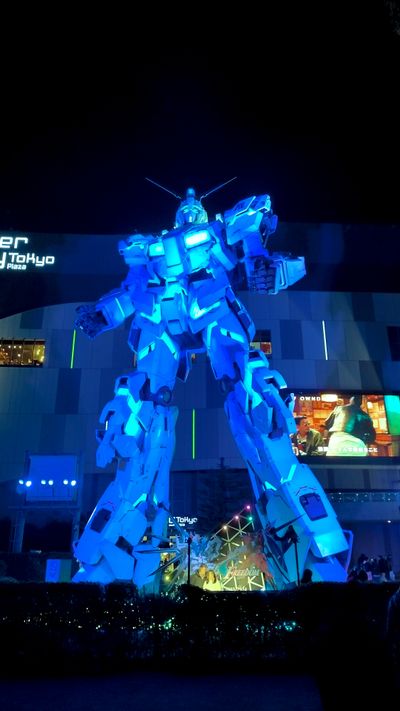
We took the monorail back home, which we noticed it was fully automatized —which is something that urban planning channels should probably look into.
We’ll be coming back here again.
Eyup. We didn’t have much motive to come back here, but we didn’t have much to do the day we returned anyway, so I asked if we could come and we did.
 |  |
Day 6: Yokohama

The previous day ended with Gundam. And this day started with… More Gundam.
Prior to this trip, I booked in advance for a stage show involving a life size moving Gundam in Yokohama. Saving the best for last!
It was mainly because of this event that the trip planned around this time.
The Moving Gundam would only be running until March 2024, so we had to go before that.
It was your main reason to visit Japan after all…
 |  |
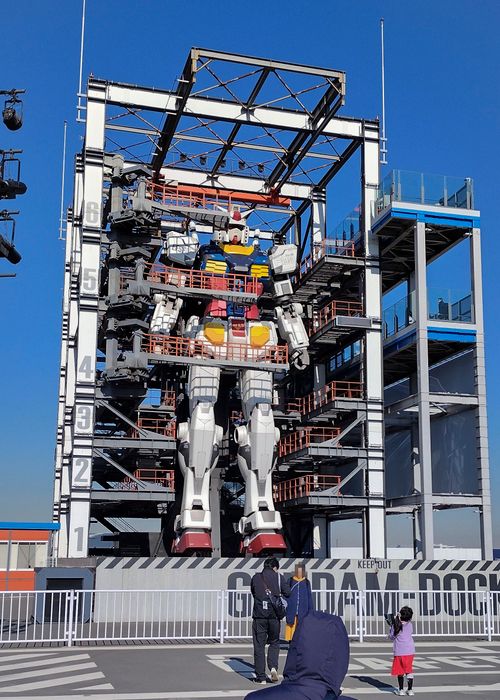
We also got up the docking tower to check it up close and personal. To be fair, the perspective and vistas totally felt in-proportion to their depictions in the anime series, so props to the animators for making theirs up to scale.

There was also a museum showing all the technology and the work that made an attraction such as this possible.
One of the things that I’ve been wondering ever since I heard about Gundam was something along the lines of: “How would one be able to make something so huge be able to move with the grace and flexibility of a human person?”.
This Gundam is about 10 times the size of an average human in a developed country, which means that its volume is actually 1000 times higher. It’s a textbook example of the square–cube law. And it’s probably going to be more dense than an average human with all its organs, so this thing could easily weigh in at about 60 metric tons or more.
On the other hand, the Gundam in Yokohama is stated to weigh about 25 metric tons, and that’s just for all the visual pieces and mechanical systems, and yet still, it moves extremely slow in comparison to the ones in the animated series.
Some Gundam use swords for combat, which requires a lot of agility to become usable weapons. If you want a thing of at least 60 metric tons move fast, you’re gonna need very large thrusters, which heats up the internals.
The larger something is, the harder it is for it to cool down, because heat is dispersed throughout a surface, but chemical reactions such as in thrusters scale up with volume.
It’s way more likely to see a reactor meltdown than be able to swing your sword in rapid succession on a mecha like that.
…Wait, why am I so invested in studying the physics of a Gundam…?

We spent here pretty much all afternoon. We took a short walk once it was starting to get dark, and visited a location that appeared in the Gundam Build Fighters series on our way.

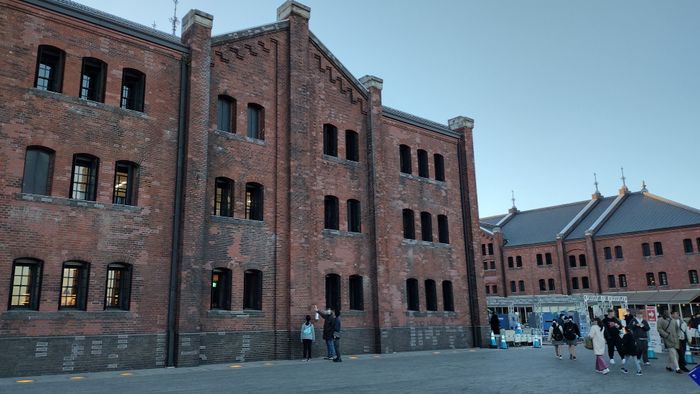

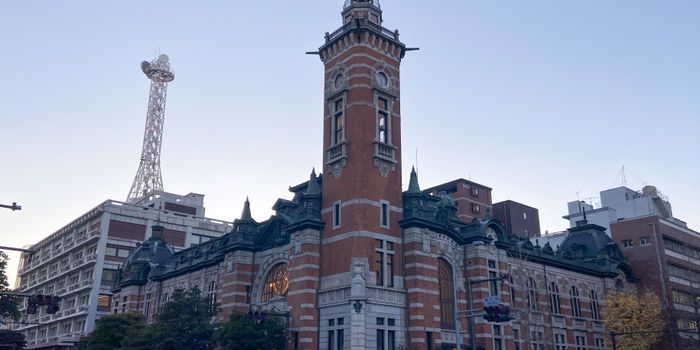
We then took the monorail back to Tokyo, which I noticed it was fully automatized. I guess for a monorail that has its own independent track system, it makes a lot of sense that it should be fully automatized, but it makes me wonder if it’s capable of reacting to unusual and unexpected events.
And that was pretty much it for the first week of our trip. We did most of what Raxki wanted to do the most during this time. With that now completed, now it was time for the places and experiences I wanted to check out! Which is coming up on the next part of this series…


